Critique from the wrong person at the wrong time can send an artist off their trail and put cracks in their confidence. I’m fortunate to have a few artists in my life who push my work with experience, expertise, and friendship. Finding and building these relationships is a journey on its own. To talk to you today about critique partnership and how to get more value from crits, I’d like to introduce to you my longtime critique partner and friend, Lyss Menold.
Lyss and I met while classmates Kendall College of Art and Design in Michigan. We both studied illustration and Lyss was a true force in the studio. Graduating as the valedictorian, she went on to Hartford Art School’s low residency program. With her MFA, she’s taught at College for Creative Studies and Kendall College of Art and Design.
She’s been an in-house artist for Wyrd Miniatures and Dogmight Games. Her work can be seen in Spectrum, on the cover of science fiction and fantasy magazines, and a sprawling list of games. Most recently, she’s created Rose Gauntlet’s game Wild Gardens. Lyss is also a Mom.
After graduation, Lyss and I were both in the trenches of making portfolios and finding spaces for our artwork. Once I got the courage to reach out to Lyss for help, I immediately benefited from her knowledge. While we didn’t know as much as we do now, the value of our shared history elevated the critique in unexpected ways.
LYSS: It’s so helpful to be able to talk to someone with a shared history! We’ve seen each other’s baby steps in art school and witnessed each other’s growth over the course of a decade.
I think that kind of history gives you an insight into my artistic trajectory, and vice versa. You’ve seen where I’ve been–not just the career highlights, but the dead ends and detours and artwork that never quite works out.
KIRBI: Ack, those pieces. I’m proud of us for being so vulnerable. After school, before we reconnected, I traveled, going crit to crit and waiting in lines at conventions to soak up all I could. When I returned to my workspace to apply what I learned I often found myself even more lost. I think those feelings were a big part of reaching out to you, someone who could give me feedback and know me on a more personal level.
LYSS: Oof, there’s nothing worse than getting a bunch of conflicting crits! Same thing happened to me early on–I thought that if one crit was good, then two would be better, and three would make my art into a masterpiece.
Even if the artists doing the critiques were all amazing, they often seemed to have different ideas about what would make the piece better. That was when I first realized that there was more than one path to making a piece better, and that a good crit wasn’t just about improving the work: it was about understanding where the artist wanted the work to go, and then helping them get it there.
KIRBI: That’s exactly it. Good crit requires us to dig in deep with each other. I think there is a reason why long ago apprenticeship was the foundation of becoming an artist.
LYSS:I never thought about apprenticeships like that before, but that’s so true–having someone who really knows you give feedback is always so helpful! When I send you artwork, I can always trust that you’re going to push me in a direction that already aligns with my goals and voice.
KIRBI: You know I feel the same! I think anyone reading this can relate to the difficulties for finding a group or partnership like that.
This depth and investment required is what makes teaching, mentoring and critiquing such laborious work. At events where critiques are offered as one-off scenarios, there isn’t always the time to get to the depth of it. What can you tell someone who is getting conflicting advice on critiques?
LYSS: Conflicting crits are tough! When I have a student who’s run into that problem, I usually have them list out everything they’ve been told up to that point. The conflicting advice often comes from the critiquers seeing the same problem but offering different solutions.
For example, if an artist is awkwardly caught between defining their edges with form or with line, one person might suggest strengthening the linear elements while another person might suggest removing the lines entirely.
That’s a great time to pause the critique to learn more about where the artist is coming from: what artists they’re inspired by, if they have any specific career goals, what pieces they’ve created that they’re most proud of or that have been the most fun for them to create, etc.
Sometimes just the act of self-reflection is enough to give the artist an idea of what to do. Even if it isn’t, I’ve found that more context helps to clarify for the artist that they’re not trying to figure out which road is right and which is wrong, but that they are instead at a crossroads, and need to choose a direction to explore.
KIRBI: That’s digging deep all right. I like how you said explore. No one piece will dictate your whole future but moving forward, and making choices, may reveal or help an artist figure out where their heart is trying to go. Even good notes can be overwhelming. It’s not so different than dealing with notes from clients. Do you have a way you sort through the mess? How do you sort out the red herrings and find the root of the issues in the painting?
LYSS: I usually struggle to sort through conflicting crits of my own art without help, but sometimes it helps to approach my notes with a hierarchy in mind. One person might notice that there’s an anatomy error on a hand, while another might suggest changing the entire pose to be more dynamic.
It’s impossible to do both simultaneously, so I try to fix the higher-order problem first (get the better pose) and keep the spirit of the lower-order problem in mind (get a good reference for the hands in the better pose).
KIRBI: That’s a brilliant way to evaluate. I like to print out my notes and black out anything with a sharpie that is making me mad or was said without tact. (Though, I never have to worry about that with you!)
Critique relationships can be cultivated and nurtured. I’m thinking about what an artist reading this can do to build a relationship like ours. Something our partnership does well is we are direct about what we need from the crit.
We almost always mention when the project is due. While we have both seen each other resuscitate a fair share of painting in less than 24 hours, it’s not always reasonable. Nothing is worse than a crit that comes a day after the due date, am I right!?
If there are other limits created by a client, like, a certain color has to be use or certain element have to stay put – we put it out there. Or if we are working on a personal project, we may be open to suggestions out of the norm. You have to ask for what you want – no one can read minds (I think.) What’s the key to the partnership do you think?
LYSS: I think the key in our partnership is trust! I can trust you with anything I send you. When I get your feedback, I can trust that it’ll be good advice, made with good intentions, and sent in good time. Likewise, when I send you critiques I can trust that you’ll find my feedback helpful, not offensive.
KIRBI: Always. We’ve both had critiques relationships with artists who aren’t interested in growing and that can be an emotional scenario. I’d advise avoiding these partners until they are ready, and most artists do grow out of this. If the respect for each other’s time and for the work they’ve done to come to this knowledge isn’t there, I don’t think the relationship will last or be very helpful.
LYSS: So true! We each know how much work giving a good crit is. To try and cut down on work for my crit partners I’ve built up a list of past advice I’ve been given in crits, and try to run pieces through it before sending them off for help. It doesn’t entirely eliminate the need for repeat advice, but it cuts down on it.
KIRBI: I have a similar list! You only get your crit partner’s “fresh eyes” once. I’ve wasted good opportunities by sharing work before I’ve taken it as far as I could. It’s easy to forget these understandings.
LYSS: I’ve done the same! It’s always a bummer to feel like I’ve wasted a critique opportunity like that, but I suppose sending work off too soon is a learning experience in its own right. No matter what stage I’m at when I send stuff to you, though, you always help me get it to the next level! I can’t thank you enough for all your help over the years. I hope everyone is as lucky in finding a crit partner!
Thanks for sharing Lyss, I’ve been in awe of your work since we met and I’m honored to be a witness to your creative journey. I hope all the muddies here can find a partnership to nurture, grow and inspire them with some of our tips. Until next time.




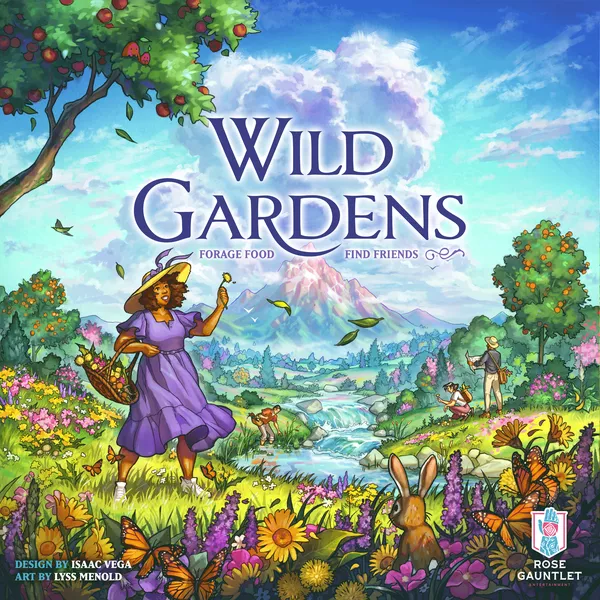




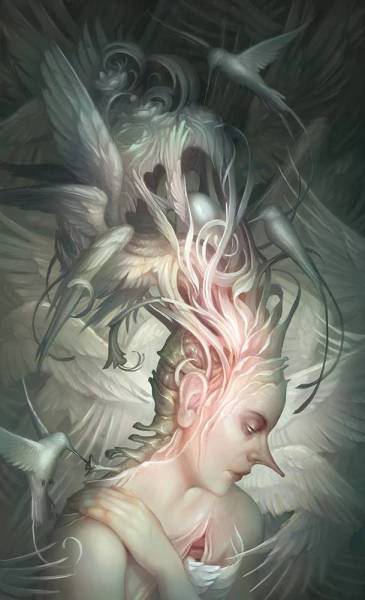
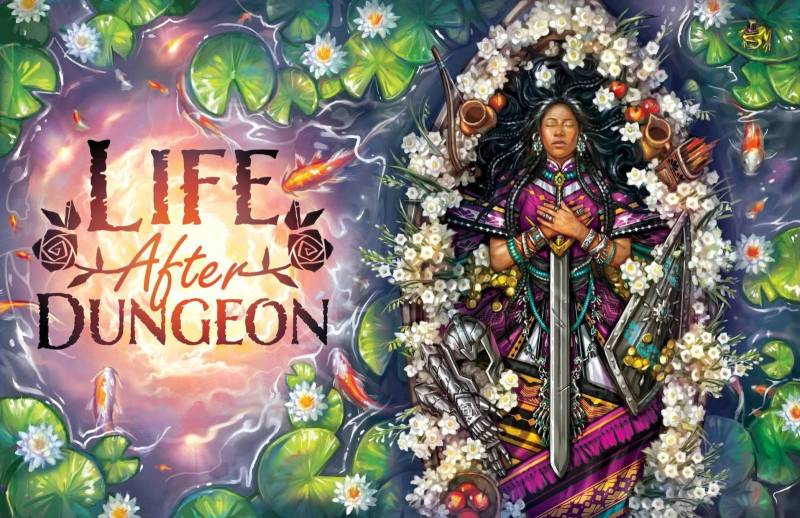
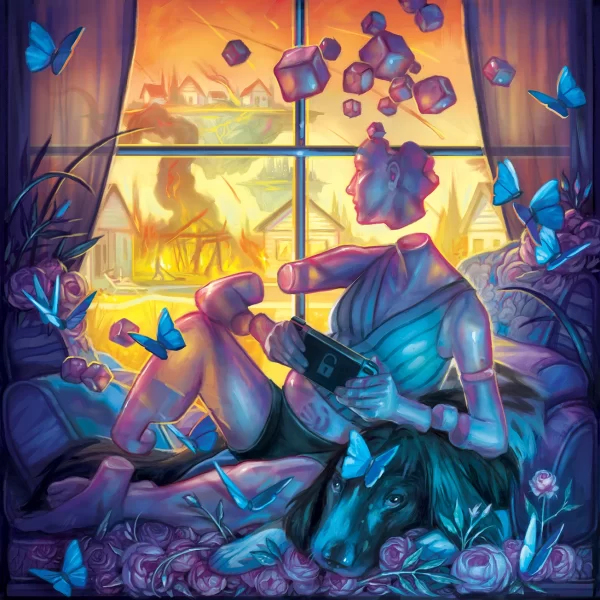


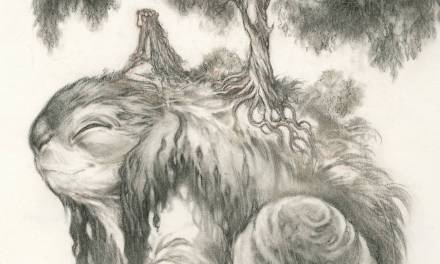

Recent Comments